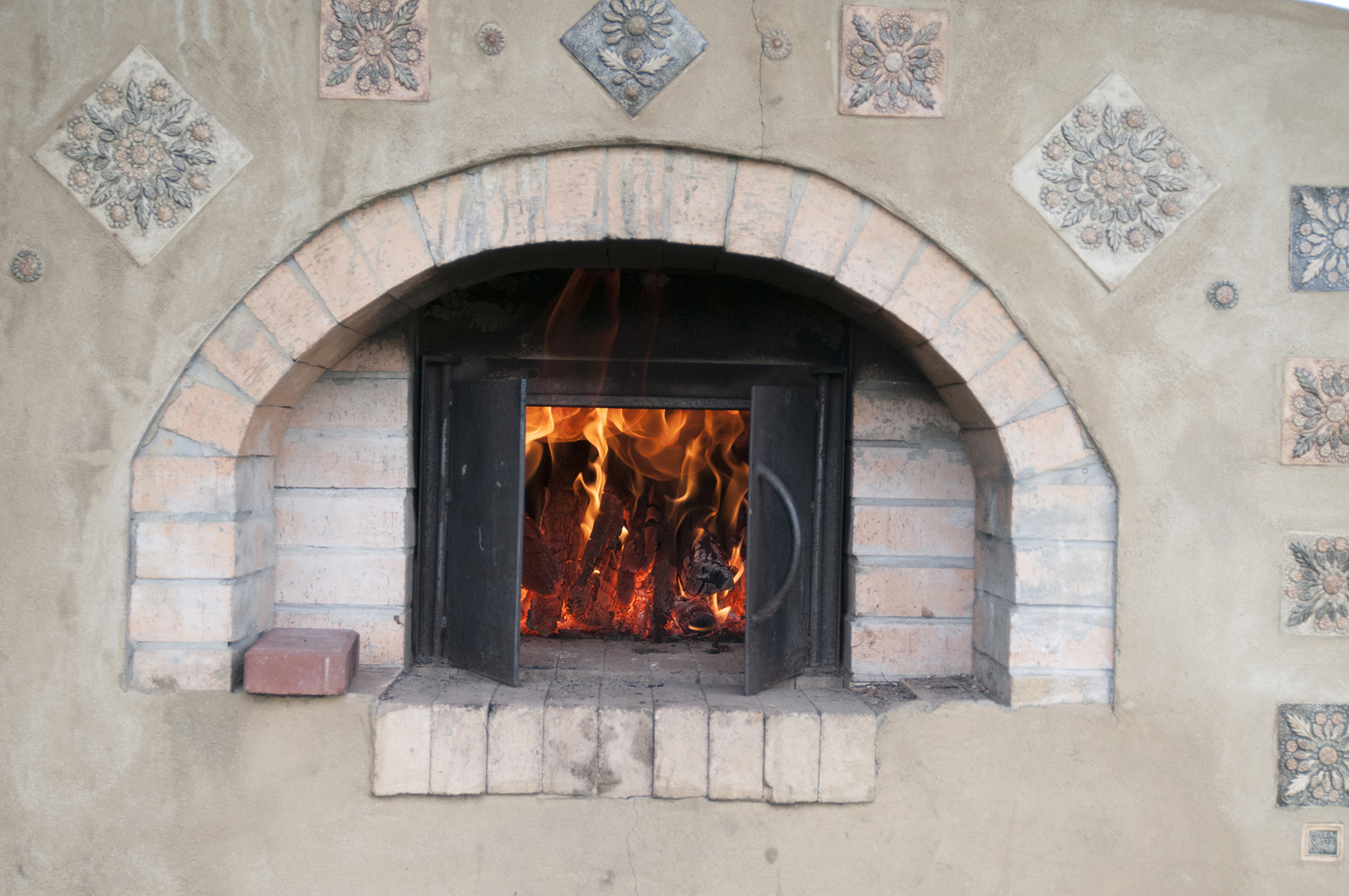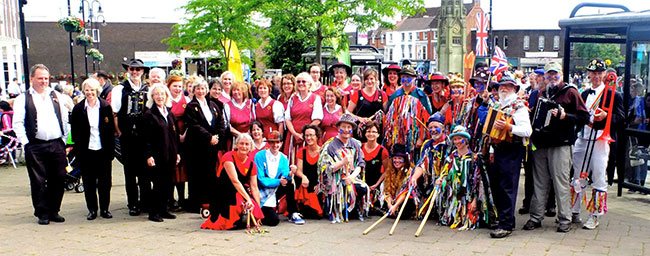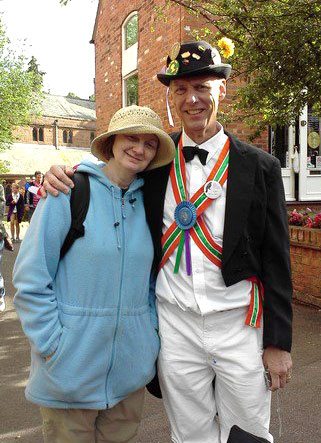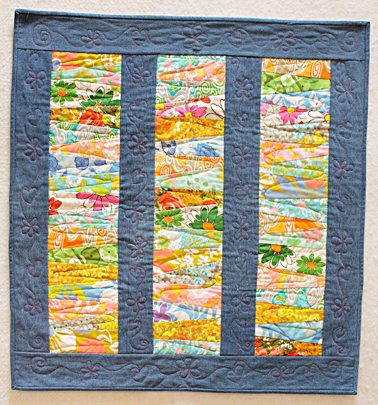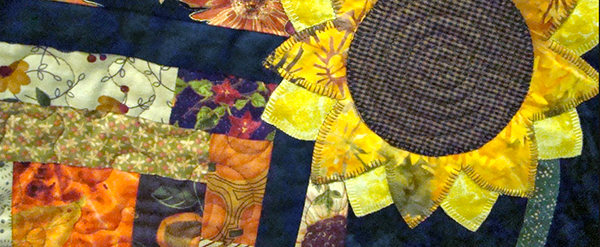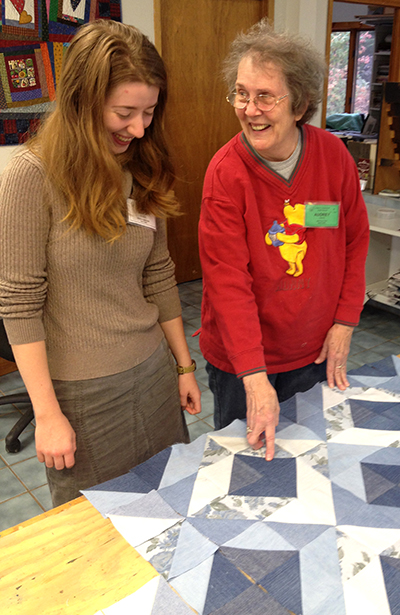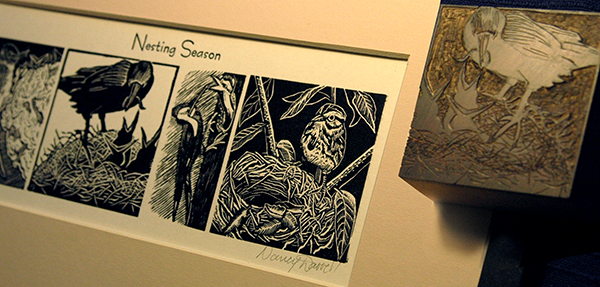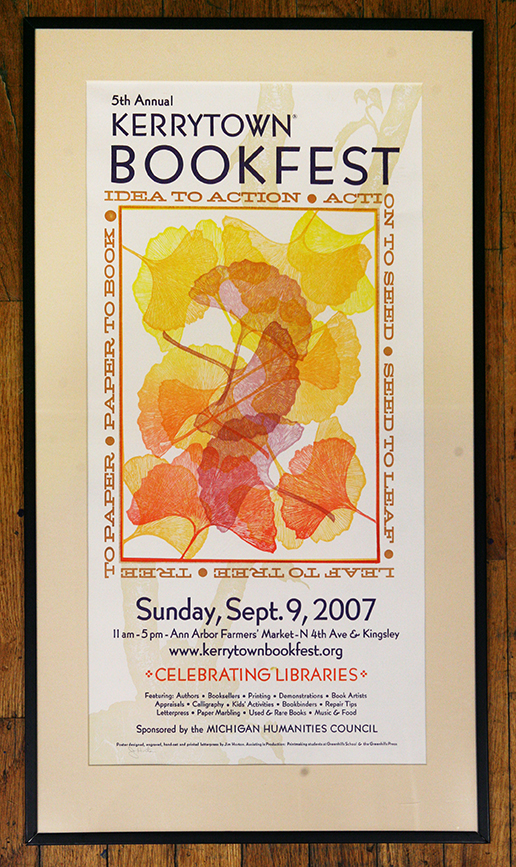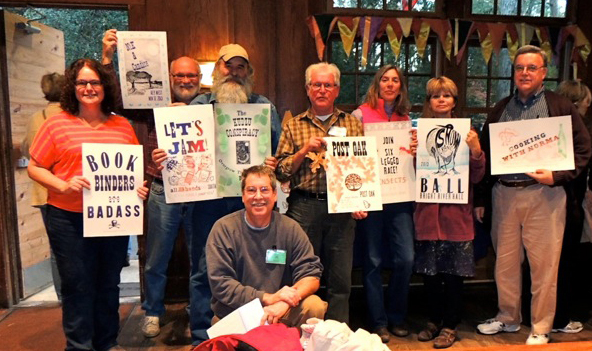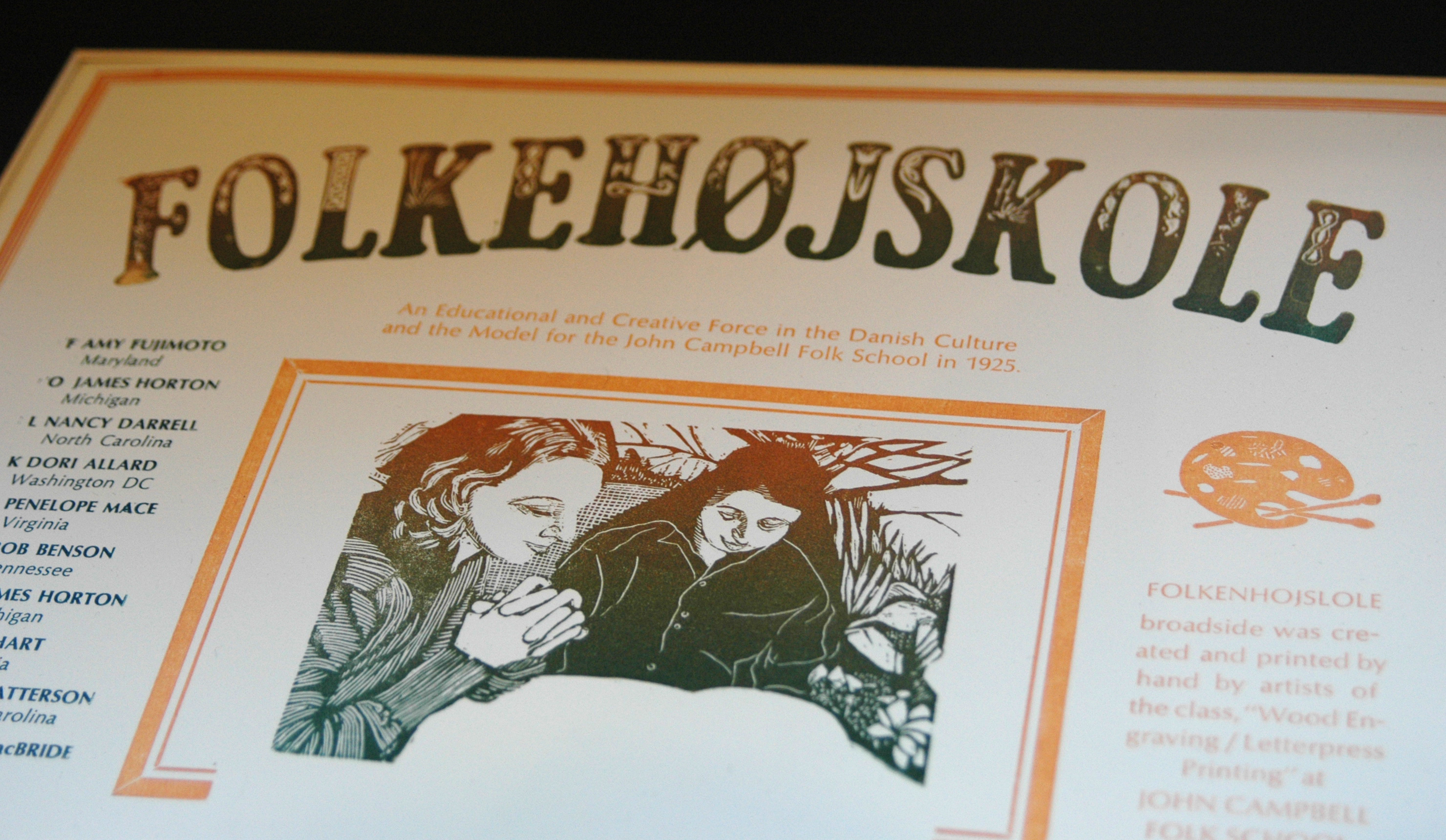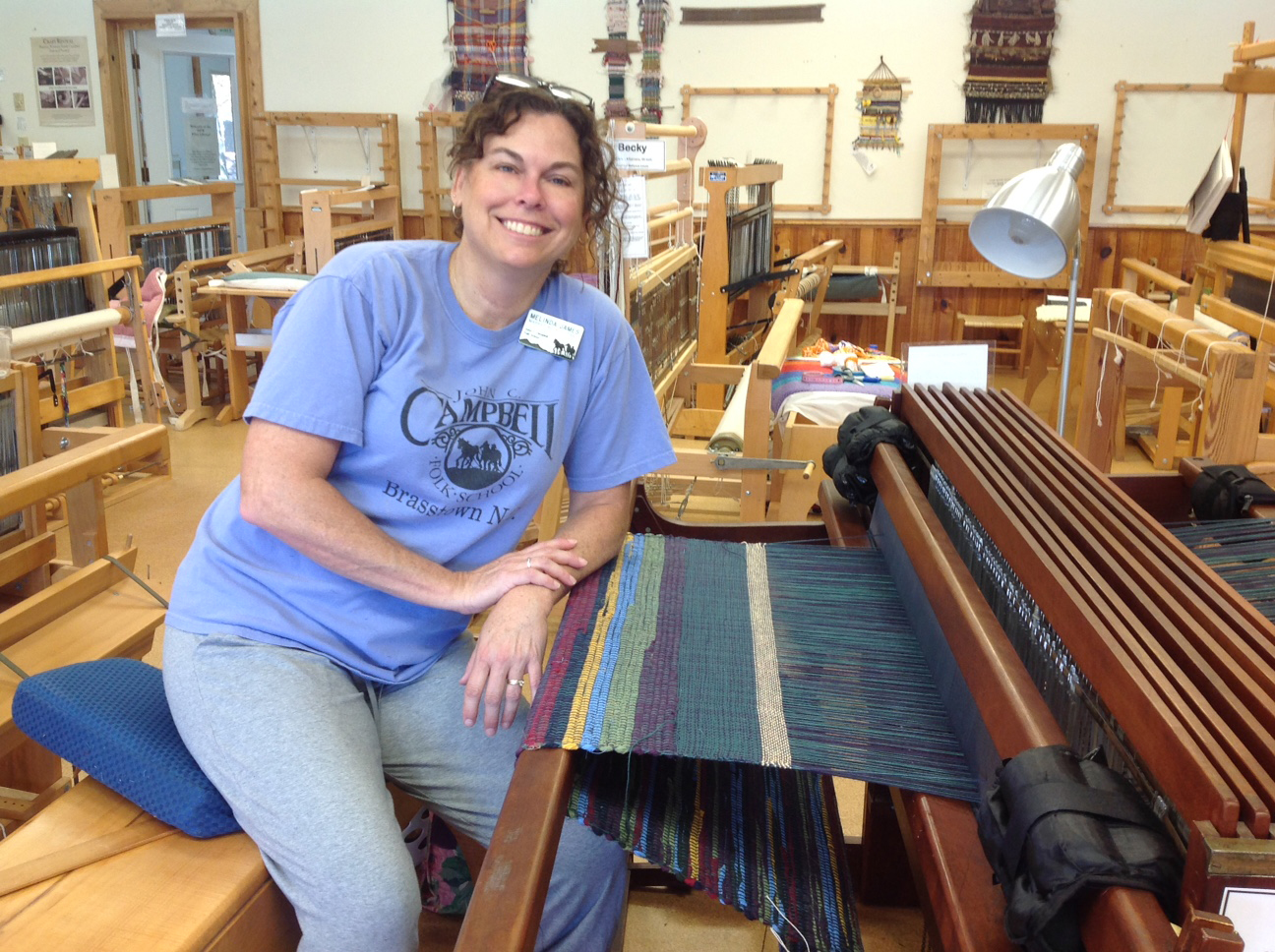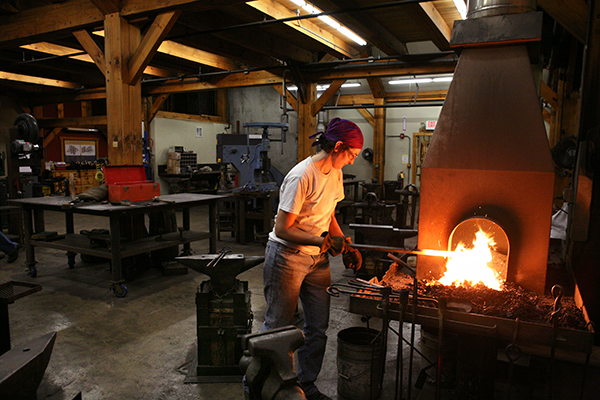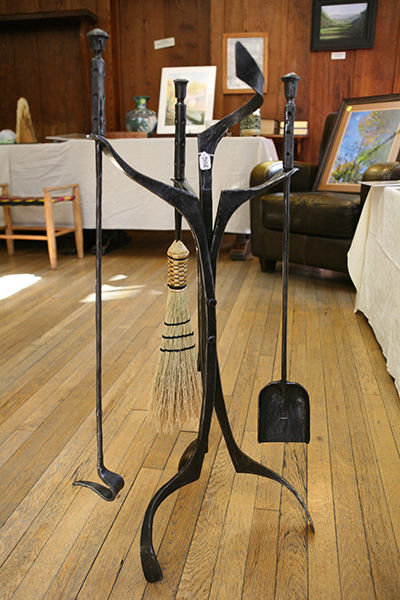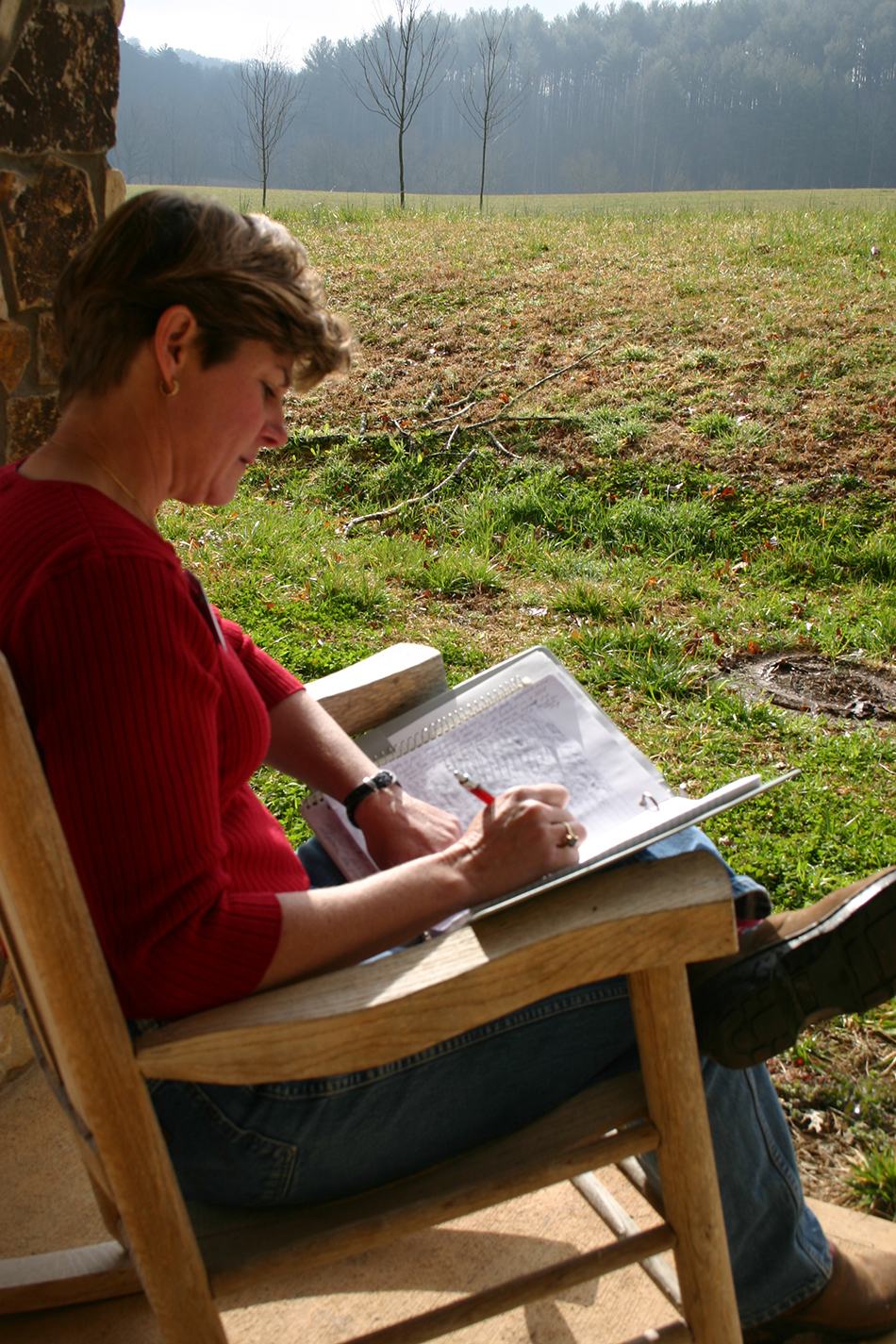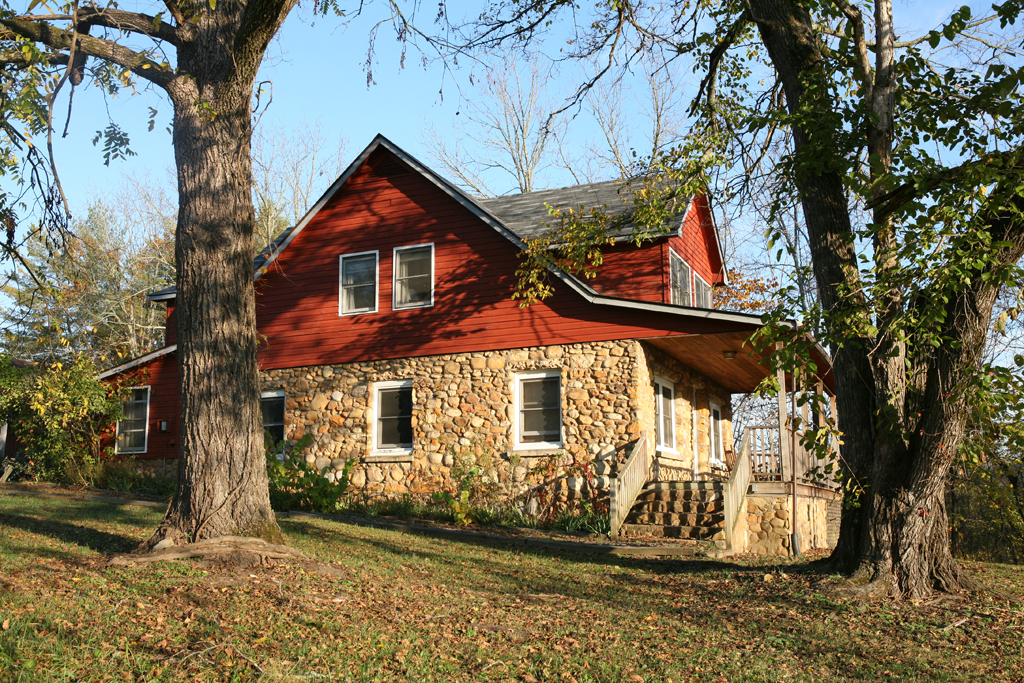I stopped by the Yarn Circle to speak with Charlotte Crittenden to talk about calling and dancing. Charlotte, a Brasstown local, is a regular caller at the Folk School on Tuesday and Saturday night dances. She is a popular regional caller who has recently called at Old Farmer's Ball, River Falls, Grey Eagle, Chattanooga, Atlanta, Charleston, Charlotte, Sautee and more! Enjoy our interview...
[caption id="attachment_11663" align="aligncenter" width="600"]
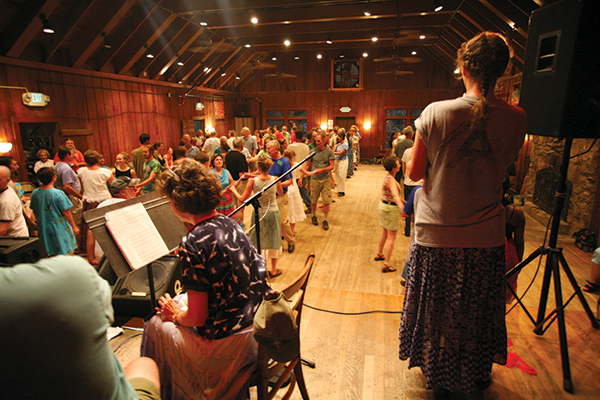
Charlotte calls a contra dance in the Community Room.[/caption]
CP: How long have you been calling at the Folk School?
CC: I came to the Folk School as a Work/Study in the winter of 2006 and I took
Bob Dalsemer’s Dance Callers' Workshop that summer. So technically I’ve been calling since 2006, but I wasn’t calling regularly 'till a little time after that.
CP: Why did you get into dance calling?
CC: I’d been a contra dancer for a long time. When I was in elementary, high school and college I was involved in other kinds of dance, so I’ve always had a history of being interested in dancing. I wanted to be a provider of the activity as opposed to just a consumer. Recognizing that my skills as a musician might be a little lacking (
laughs), I embraced calling as the next fun way I could be able to do that.
[caption id="attachment_11666" align="alignright" width="340"]
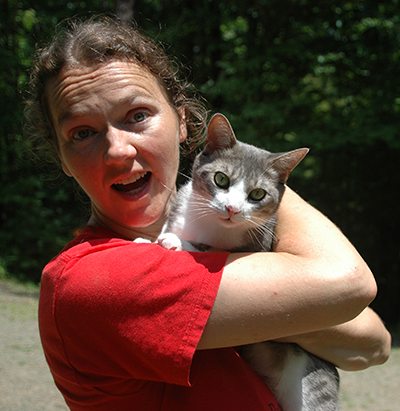
Charlotte & Charlie[/caption]
CP: What’s the best thing about calling a dance at the Folk School?
CC: What a good question! I’d say the dance community at the Folk School is one of the best for integrating all kinds of different folks. People who have been dancing for years and years and years are dancing on the same floor as those who have never ever done it before. Little kids all the way up to folks in their 70s and 80s - all on the same dance floor and everyone’s having a great time, enjoying each other's company. That’s the best part!
CP: Do you have a favorite tune?
CC: I really like the old time tune called
Growling & Grumbling, which I
love as a dance tune. It got this great low, mumbly beginning and then it busts into this fun, upbeat tune.
CP: Is that the same tune as Growling Old Man and Grumbling Old Woman
?
CC: Yep! That’s the one! It a great tune.
CP: Where do you get your dances from?
CC: Oh goodness! Lots of sources. Primarily (and I’d say traditionally) from other callers, but also from going to other dances. I’ll go to a dance and enjoy something that I just danced, run over to the side and write it down real quick.
So I collect dances from dancing. I collect dances from other callers. And in our modern day & age, the internet is a wonderful place, not only to collect dances right off the web, but also to find literature from different places. I use the
Country Dance & Song Society which is an organization up in Massachusetts that promotes folk dance and music. I peruse their
bookstore pretty frequently. They are a great resource for all things dance.
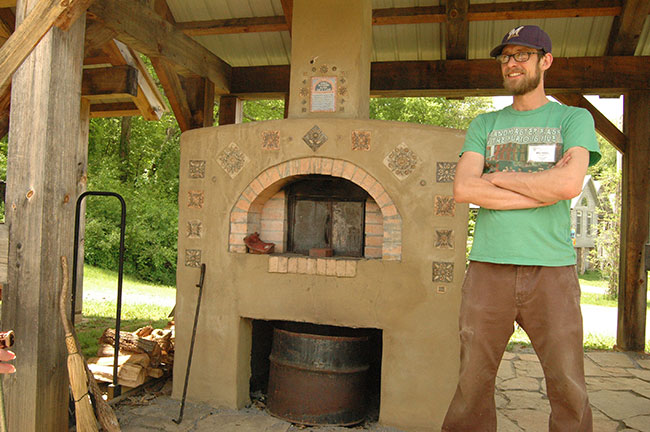 Student Matt waits in front of the outdoor wood fired oven adjacent to the Cooking Studio while his artisan loaves bake.[/caption]
[caption id="attachment_12128" align="alignright" width="202"]
Student Matt waits in front of the outdoor wood fired oven adjacent to the Cooking Studio while his artisan loaves bake.[/caption]
[caption id="attachment_12128" align="alignright" width="202"]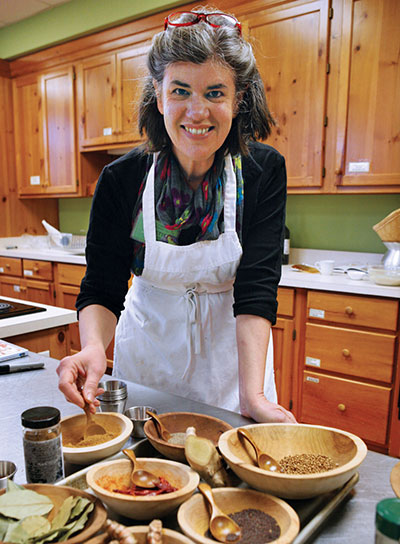 Nanette in the Cooking Studio[/caption]
Love the magic and allure of the wood fired flame? Do you savor the flavor of food cooked in a brick oven? The Cooking Studio at the John C. Campbell Folk School has not one, but two, wood fired brick ovens for students to bake all sorts of savory and sweet treats, from flatbreads and loaves, to roasted meats, fish & vegetables, to delicious curries & stews, and even pies, cakes & gingerbread cookies.
In 1998, when I was asked to become the first Resident Artist for Cooking at the Folk School, I was eager to learn the art of wood fired baking in our brand new Woodstone Domed Pizza Oven which was installed in the Cooking Studio on the ground floor of Davidson Hall. We recognized the growing revival of interest in wood fired baking and we wanted to make these techniques available to our own community. A few years later, we added the second outdoor student-built oven, housed under a student-built timber-framed pavilion. Clay instructor, Mary Dashiell and her husband John designed and led the construction of that oven.
Nanette in the Cooking Studio[/caption]
Love the magic and allure of the wood fired flame? Do you savor the flavor of food cooked in a brick oven? The Cooking Studio at the John C. Campbell Folk School has not one, but two, wood fired brick ovens for students to bake all sorts of savory and sweet treats, from flatbreads and loaves, to roasted meats, fish & vegetables, to delicious curries & stews, and even pies, cakes & gingerbread cookies.
In 1998, when I was asked to become the first Resident Artist for Cooking at the Folk School, I was eager to learn the art of wood fired baking in our brand new Woodstone Domed Pizza Oven which was installed in the Cooking Studio on the ground floor of Davidson Hall. We recognized the growing revival of interest in wood fired baking and we wanted to make these techniques available to our own community. A few years later, we added the second outdoor student-built oven, housed under a student-built timber-framed pavilion. Clay instructor, Mary Dashiell and her husband John designed and led the construction of that oven.




